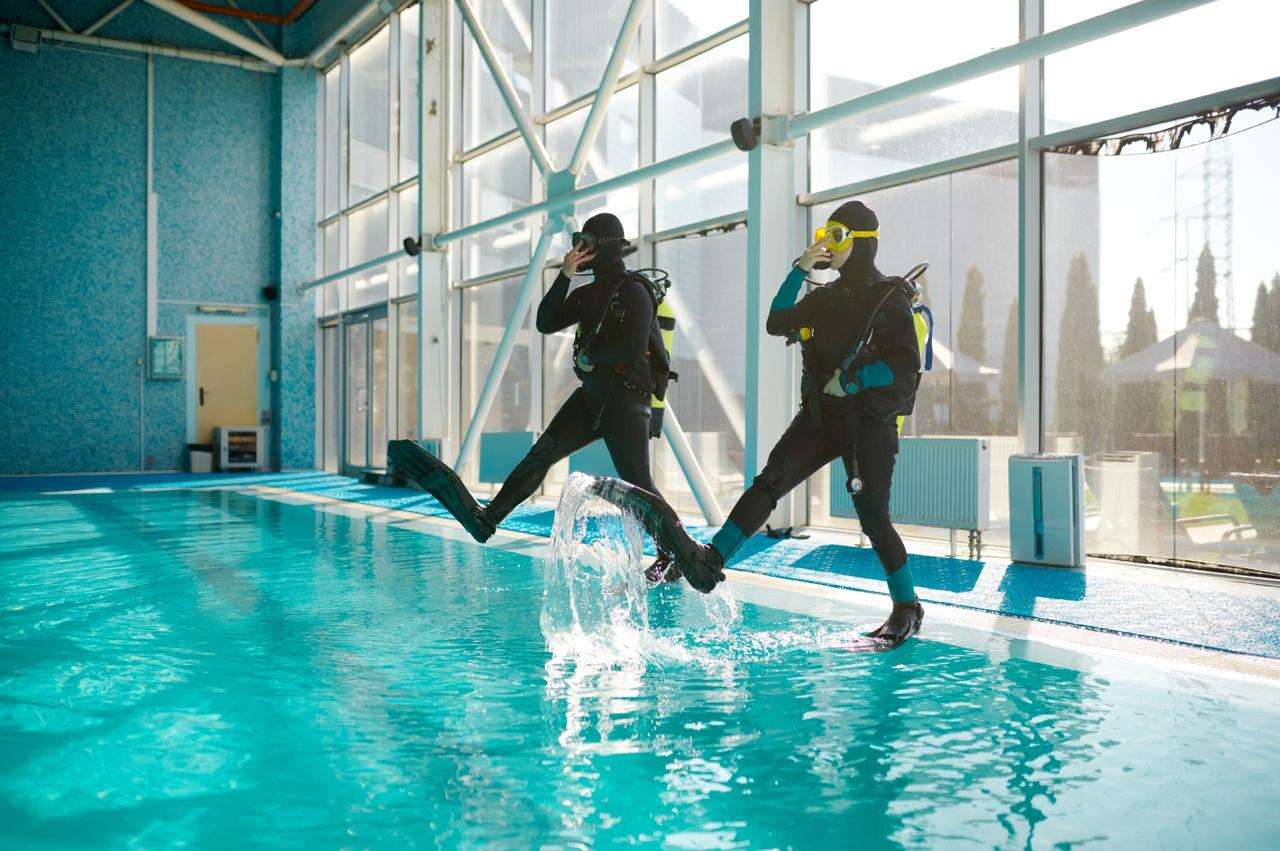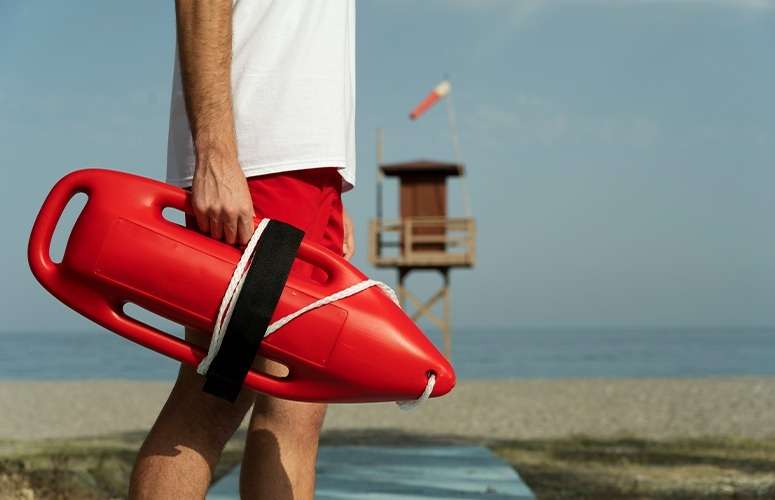Beach Life Guard

Beach Life Guard
A pool lifeguard is one of the most crucial safety elements in any swimming pool. They are responsible for protecting swimmers and ensuring their safety while in the water. This role requires strong swimming skills, quick reflexes, and a solid understanding of first aid procedures.
Introduction to the Pool Lifeguard Role
A pool lifeguard is one of the most crucial safety elements in any swimming pool. They are responsible for protecting swimmers and ensuring their safety while in the water. This role requires strong swimming skills, quick reflexes, and a solid understanding of first aid procedures.
The Importance of a Pool Lifeguard
Having a professional lifeguard can mean the difference between life and death in emergency situations. Lifeguards constantly monitor the pool, identify potential hazards, and intervene immediately when necessary to rescue someone or provide first aid.
Essential Skills for a Pool Lifeguard
To qualify as a pool lifeguard, a person must possess several key skills, including:
- Excellent swimming ability and endurance in the water for extended periods.
- Knowledge of various rescue techniques for both adults and children.
- The ability to provide first aid and perform CPR (Cardiopulmonary Resuscitation).
- Strong attention to detail and continuous focus on monitoring all pool users.
Lifeguard Candidate Prerequisite
1. Minimum Prerequisites
To enroll in a lifeguard course, candidates must:
1.1 Age Requirement
Be of age according to UAE laws.
1.2 Swimming Skills
Shallow Water Lifeguard (max depth 1.5m): Swim 50m nonstop in a comfortable manner.
Pool Lifeguard (depth over 1.5m): Swim 100m nonstop in a comfortable manner.
Beach/Waterfront Lifeguard: Swim 200m nonstop in a comfortable manner.
1.3 Surface Dive and Weight Recovery
Shallow Water Lifeguard: Recover a 4 kg weight at 1.5m depth.
Pool Lifeguard: Recover a 4 kg weight at 3m depth, or the facility’s maximum depth.
Beach/Waterfront Lifeguard: Recover a 4 kg weight at 5m depth.
1.4 Treading Water
Pool Lifeguard: Tread water for at least 5 minutes.
Beach Lifeguard: Tread water for at least 10 minutes.
Note: Certification bodies may set higher prerequisites but not lower.
2. Lifeguard Training Requirements
2.1 Basic Life Support (BLS) and First Aid
Training (theory and practical) must cover:
Scene assessment
Barrier use / Standard precautions
Primary assessment
CPR (Adult, child, infant – including 2-person CPR and use of resuscitation mask)
Rescue breathing
Choking (conscious & unconscious, all age groups)
Serious bleeding and shock management
Spinal injury management (inland and in-water with spine board)
AED (Automated External Defibrillator) use
Emergency oxygen use (per DCAS classification)
Injury and illness assessment & response
Basic bandaging
Immobilization (dislocations or fractures)
If a candidate has prior CPR/First Aid certification, they may be assessed on these skills or trained again as per the training provider.
3. Minimum Education Requirement
Basic Conversational English
4. Lifeguarding Course Content
4.1 Theory Topics (May include)
Incident management
Incident prevention
Hazard recognition
Basic risk assessment
Pool lifeguard duties
Equipment usage
Communications and signals

4.2 Practical Skills
Basic Water Rescue Skills
Effective water entry with equipment
Assists and Rescues
Surface, underwater, and bottom rescues
Conscious/unconscious victim handling
Spinal injury rescues using backboard and rescue tubes
Escapes
Front and rear escapes using rescue tubes
Inland Casualty Care
Use of oxygen, AED, and first aid tools as per BLS training
5. Examinations
5.1 Written / Oral Examination
All candidates must take:
Core Lifeguard Exam (general duties)
Specialty Exam(s) for:
Shallow Water Lifeguard
Pool Lifeguard
Beach/Beachfront Lifeguard
Format: Multiple Choice.
Mode: Written, oral, or translated (for special needs or literacy issues).
5.2 Practical Exam
Scenarios to assess:
In-water rescue
Water exits/extrications
Poolside and beach rescues
Use of spinal board and rescue tube
First Aid/BLS (Adult, child, infant)
Use of AED and emergency oxygen kit
6. Certification Requirements & Validity
To be certified, a candidate must:
Hold a valid international lifeguard and BLS certification, unless included in the lifeguard course
Hold a valid Occupational Health Card (if required by DHA)
Comply with the Substance Abuse Policy
Pass both Written/Oral and Practical Exams
Certification is valid for 2 years
Attend at least 4 hours of in-service training per month
Candidates have 30 days to pass both exams from the test date
7. Recertification
To renew certification:
Must be completed within two months before expiry
Must pass Recertification Written/Oral and Practical Exams
Must meet current medical requirements by local health authority
